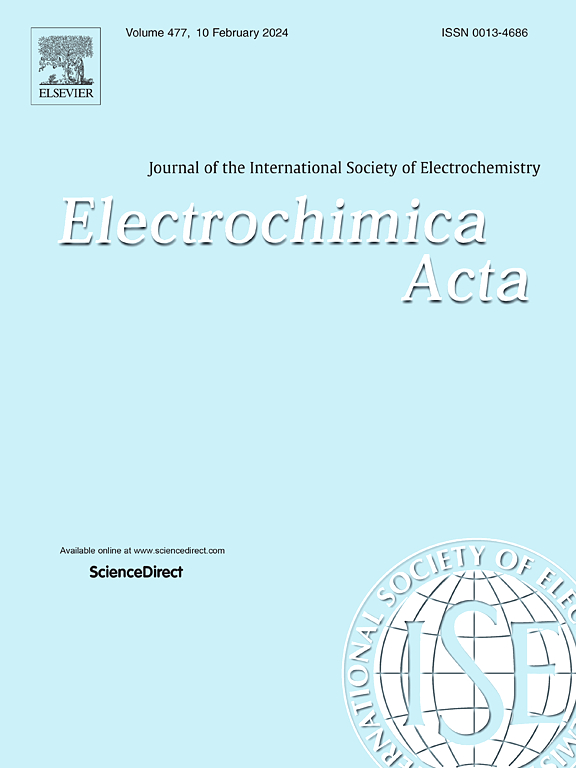结合电化学性质分析和机器学习模型的冰糖精确分类方法
IF 5.6
3区 材料科学
Q1 ELECTROCHEMISTRY
引用次数: 0
摘要
尽管在生产方面取得了进步,但目前的冰糖分级方法无法捕捉到不同产品类型之间细微的质量差异。本研究将机器学习与电化学表征相结合,开发了一种精确的岩糖分类方法。分类是基于物理属性(颜色、不透明度、平滑度和甜度)和电化学信号之间的相关性。数据收集使用三电极设置,铜膜工作电极,铂对电极和饱和甘汞电极(SCE)参比。电化学技术包括电化学阻抗谱(EIS)、循环伏安法(CV)、差分脉冲伏安法(DPV)和计时电流法(i-t)。增强的支持向量机(SVM)集成在10种冰糖类型中实现了96.0%的分类准确率,而K-means聚类将它们分为3类。结合物理和电化学参数,大大提高了准确性和可靠性。所提出的方法为质量评估提供了一个强大的解决方案,支持改进的控制和自动分级。本文章由计算机程序翻译,如有差异,请以英文原文为准。


Rock sugar precise classification method by combining electrochemical property analysis and machine learning model
Despite advances in production, current rock sugar grading methods fail to capture subtle quality differences across product types. In this study, a precise method for rock sugar classification was developed by integrating machine learning with electrochemical characterization. Classification was based on correlations between physical attributes (color, opacity, smoothness, and sweetness) and electrochemical signals. Data were collected using a three-electrode setup with a copper film working electrode, platinum counter electrode, and saturated calomel electrode (SCE) reference. Electrochemical techniques employed were electrochemical impedance spectroscopy (EIS), cyclic voltammetry (CV), differential pulse voltammetry (DPV), and chronoamperometry (i-t). A boosted support vector machine (SVM) ensemble achieved 96.0 % classification accuracy across 10 rock sugar types, while K-means clustering grouped them into 3 categories. Combining physical and electrochemical parameters significantly enhanced accuracy and reliability. The proposed method offers a robust solution for quality assessment, supporting improved control and automated grading.
求助全文
通过发布文献求助,成功后即可免费获取论文全文。
去求助
来源期刊

Electrochimica Acta
工程技术-电化学
CiteScore
11.30
自引率
6.10%
发文量
1634
审稿时长
41 days
期刊介绍:
Electrochimica Acta is an international journal. It is intended for the publication of both original work and reviews in the field of electrochemistry. Electrochemistry should be interpreted to mean any of the research fields covered by the Divisions of the International Society of Electrochemistry listed below, as well as emerging scientific domains covered by ISE New Topics Committee.
 求助内容:
求助内容: 应助结果提醒方式:
应助结果提醒方式:


